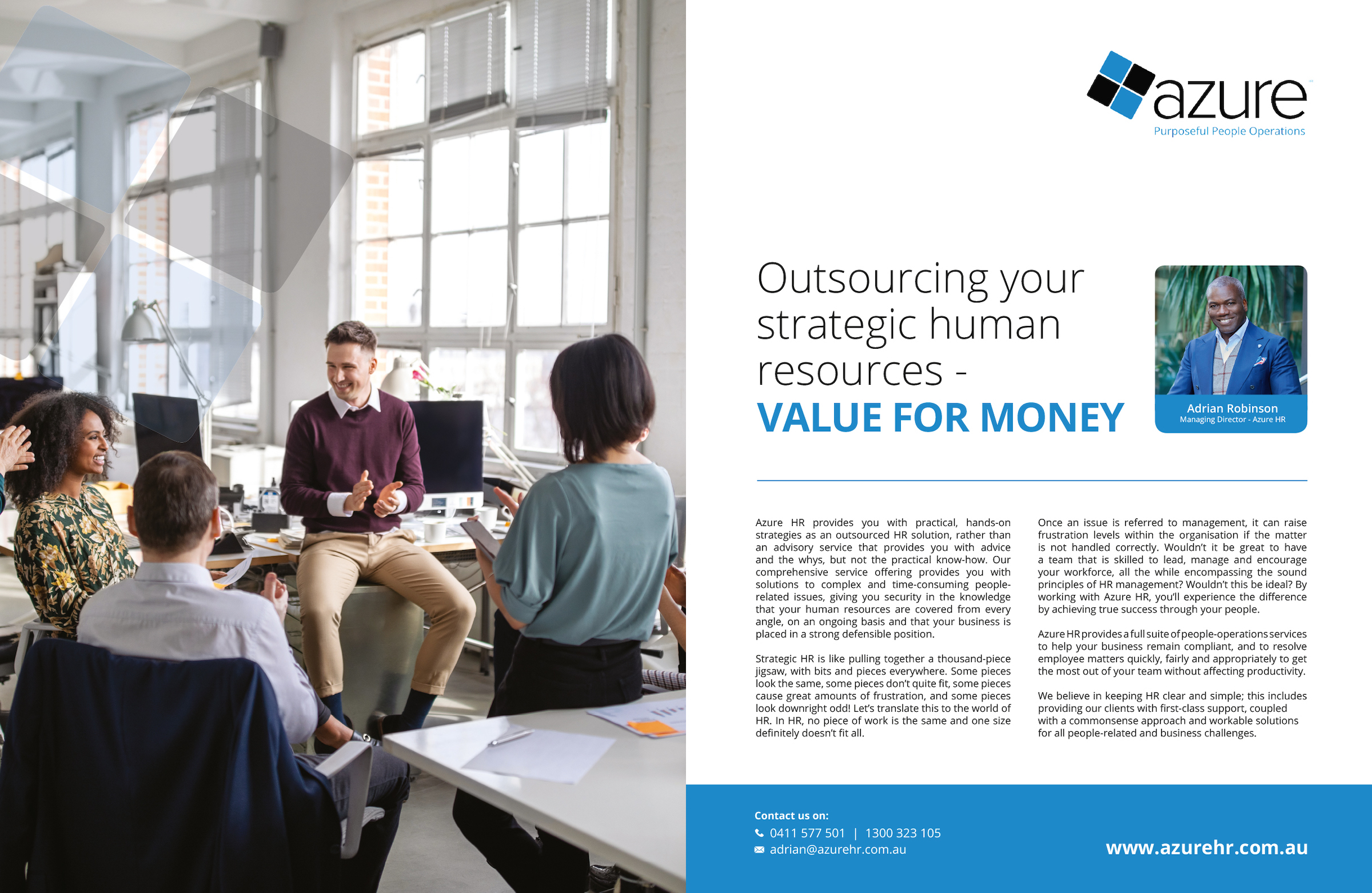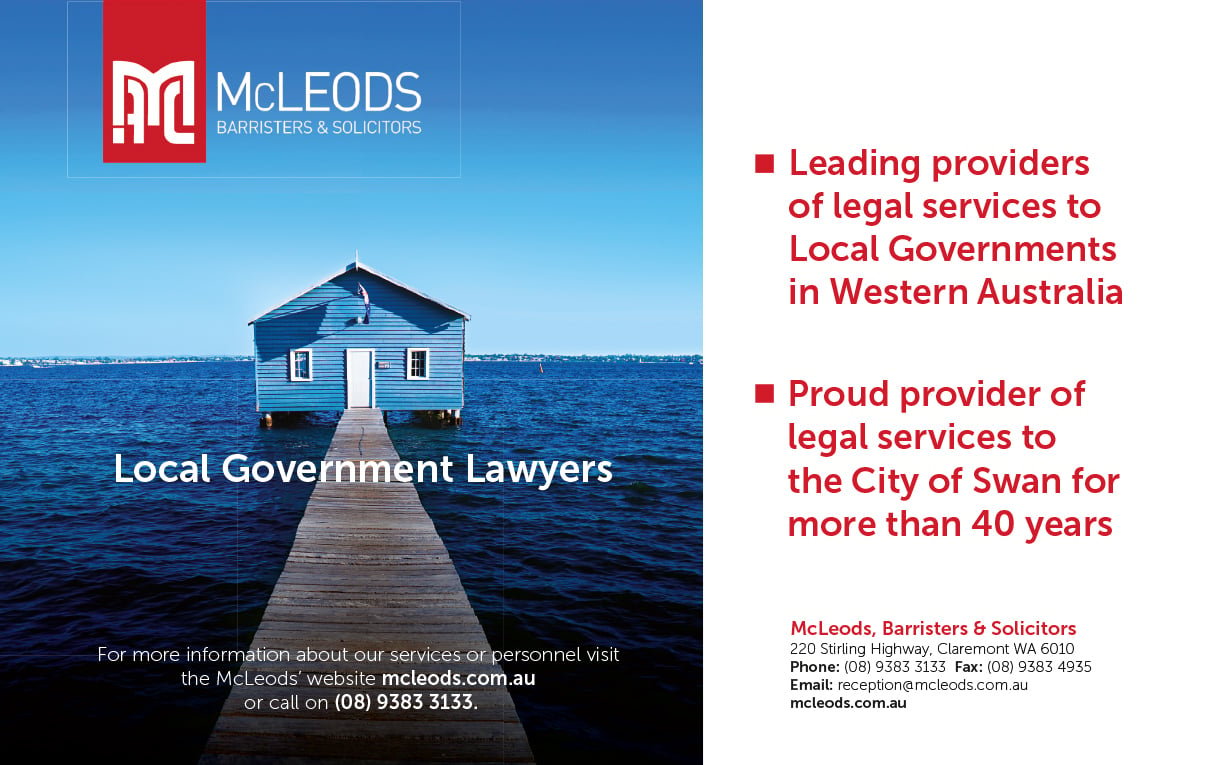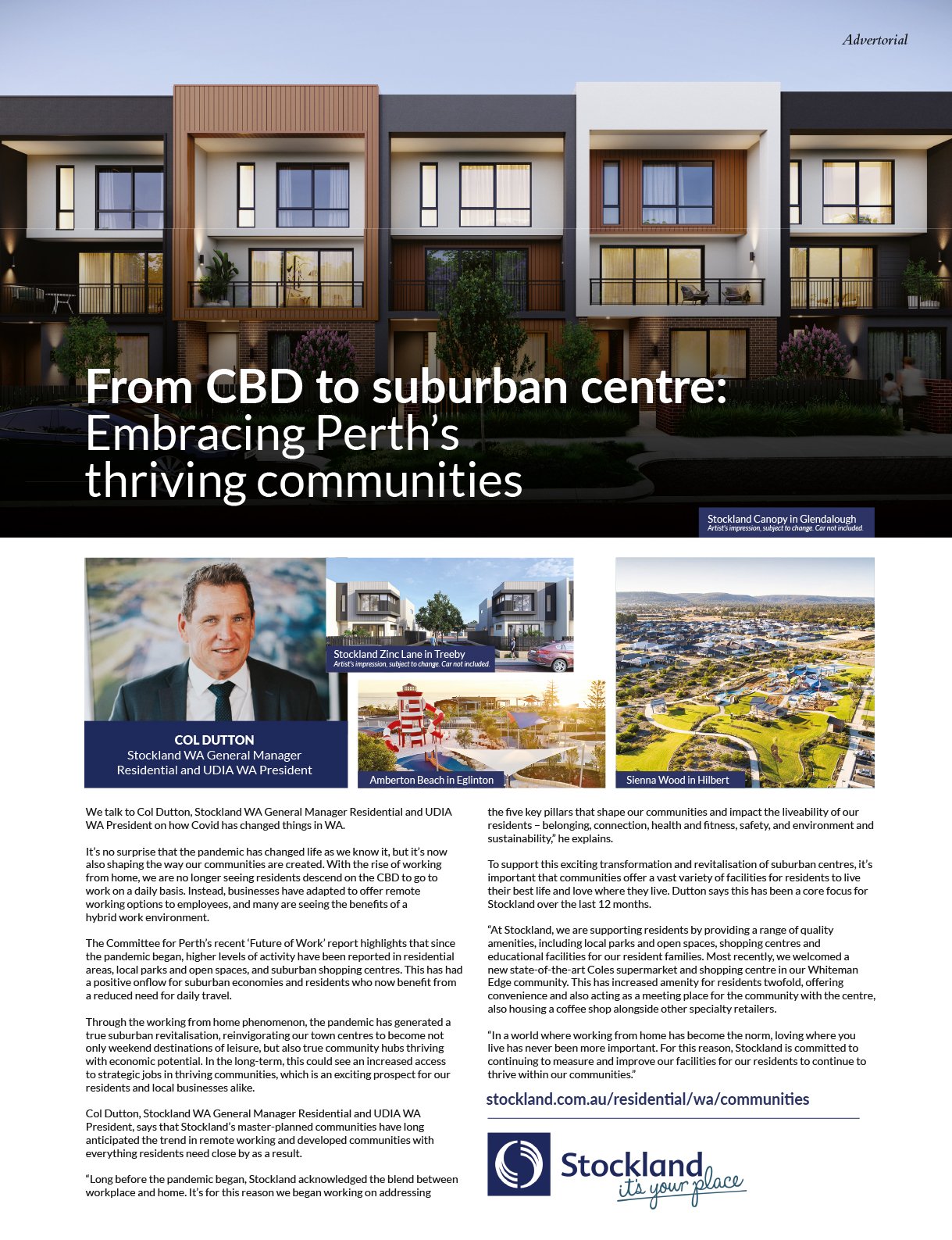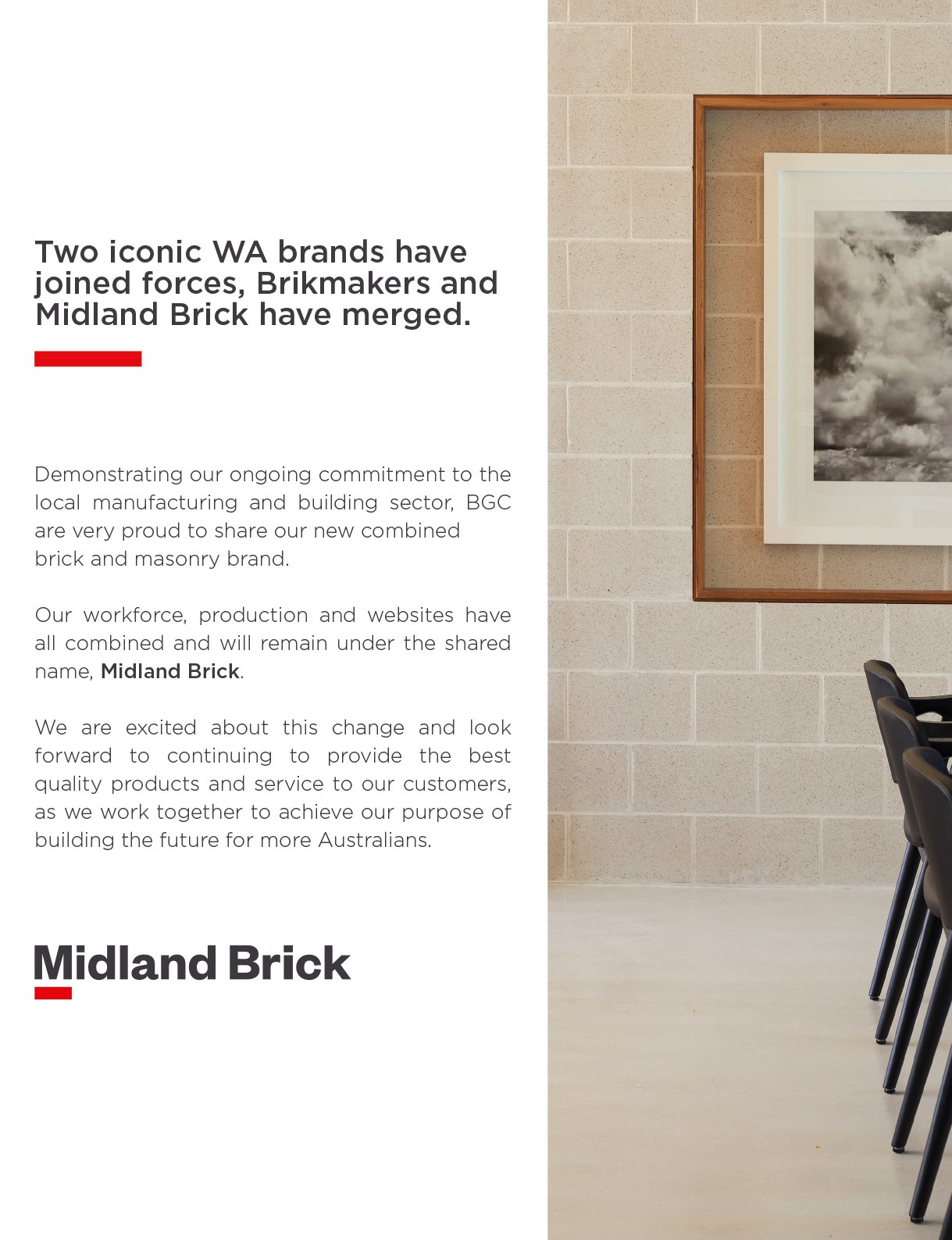This year marks Jeremy Edwards’ 30th year of working in local government, a milestone of which he is incredibly proud. For him, working as CEO of the City of Swan is a test of versatility, not just bureaucratic pen-pushing as many might wrongly imagine. “It can be really interesting – every day is different,” he tells The CEO Magazine. One day I might be dealing with a multimillion-dollar development. And the next day, I might be dealing with a customer who is involved with that development application at a lower level.
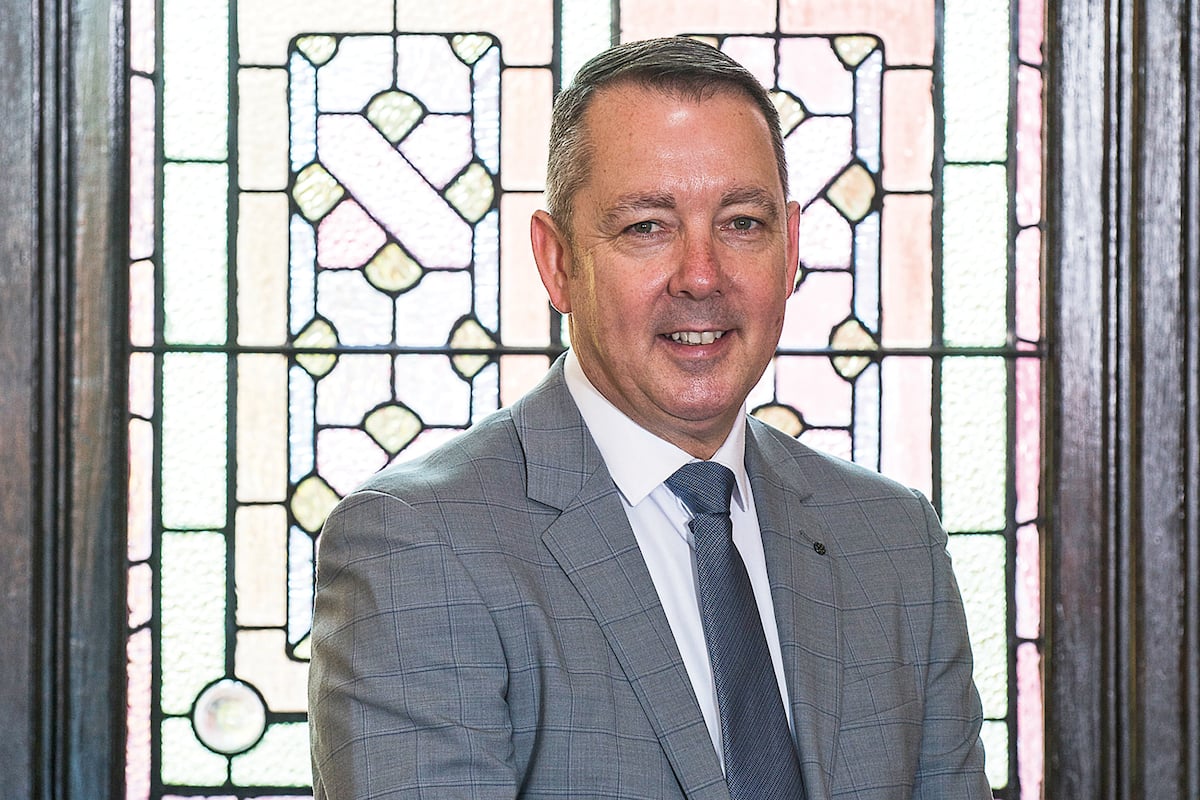
“It’s really, really different and diverse, but that’s what makes it so unique and enjoyable.” It’s a message Jeremy is keen to get out there, to demonstrate that the local government sector is “really strong” and to help draw more exceptional leaders into it. After all, the initial satisfaction he first experienced working in the sector has not faded, even after three decades. In fact, his latest position is perhaps his most fulfilling.
The population of the City of Swan currently sits at around 155,000, but that number looks set to rocket, forecast to hit 300,000 by 2050. The past six quarters have seen the City of Swan rake in the highest land sales within Perth’s metropolitan area.
“We’re around 26 per cent of the overall land sales within Perth,” Jeremy says. Tourists are also flocking to the area. As the COVID-19 pandemic saw the Western Australian borders firmly sealed, Perth residents and those from further afield who are keen for a change of scenery or simply in need of a recharge have been making the 25-minute journey east of the city to enjoy the Swan Valley’s natural beauty and vineyards – a huge relief for regional tourism business feeling the loss of visitors from overseas and interstate.
It’s really about knowing when to put your management hat on.
The City of Swan has played a huge part in driving this dynamic, working closely with regional tourism organisation Destination Perth to roll out numerous marketing campaigns which promote both daycations and staycations in the area. But with that rise in numbers comes the increasing need for bigger and better infrastructure to cope with the influx of tourists, residents and business – which is where Jeremy and the City of Swan come in.
Tracing a path
Jeremy took up the CEO role at the City of Swan in January last year after a career spent predominantly working in local government. Before that he had spent five years in the West Australian Police Force. “I left the police force at a very early age, got into local government and then worked my way up through the ranks,” he reminisces. “I actually started out in local government as a ranger for the City of Wanneroo, a large outer metro council in Perth’s north. I quickly moved into more senior roles with greater responsibility.”
It wasn’t until around 10 years into his career that Jeremy realised that management and leadership were the areas he was most passionate about. “I suppose that gave me the desire to go back to university and do some further studies around management to help me move into those roles,” he says. He started doing a Master of Business Administration at Curtin University, but quickly changed that to a master’s degree in business leadership.
“I think that was a pivotal turning point, in terms of me working out where I want to be in terms of my career,” he reflects. “Business administration is important, but I think business leadership is just as important, or even more so.
“You’re only as good as the people that you surround yourself with and how you support them to realise the best within themselves, so that’s where I really wanted to focus my efforts. And the whole concept and philosophy around leadership principles, around reflecting, learning, developing – that was far more interesting than business administration for me. “But overall, it’s really about knowing when to put your management hat on and when to put your leadership hat on, and being able to demonstrate that you can go between those two spheres.”
Management potential
Jeremy’s first management role was in fact there at the City of Swan between 2000 and 2010, an appointment he still describes as “a fantastic opportunity”. “It gave me the ability to implement some of those skills that I’d learned,” he says.
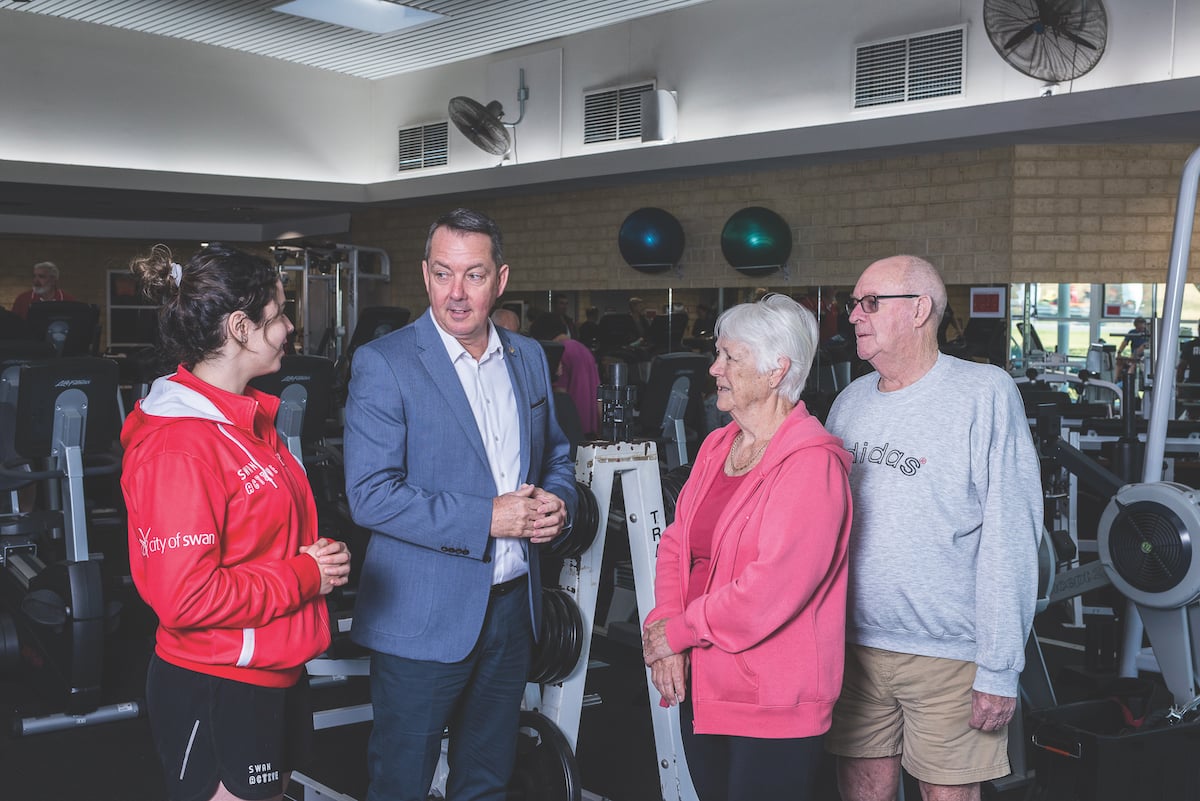
“But Swan, during that period, was a very fast-growing council and so I was really fortunate to move through a number of different community roles.” Of particular interest to Jeremy was the concept of place management, and so he considers himself extremely lucky to have been named the first Place Manager of Ellenbrook, which was part of Swan’s growth corridor.
“That was driven primarily by Mike Foley, the previous CEO, and by Eric Lumsden before him; they had looked at contemporary community-based models throughout the whole of Australia,” he says. “They came back from a study tour of New Zealand and the Eastern Seaboard with this concept of place.”
Taking a step up
In 2010, Jeremy decided it was time to explore opportunities outside of the City of Swan and so he moved across to a more senior director role at a neighbouring local government. “From there, I thought I’d put my hand up to have a look at CEO roles,” he says.
“I wasn’t frustrated with the system or the sector, but I was frustrated that I wasn’t able to shape leadership decisions the way that I wanted to. If you really want to influence decisions and shape the leadership future and the vision, then you’ve got to take the plunge into the next step, which is to become a CEO.”
And so Jeremy did exactly that, taking up the position of CEO in the Shire of Gingin, an outer metro council in Perth, where he stayed for six years. He then spent the next three years as CEO of the Shire of East Pilbara, where iron ore was central to the local economy and mining was driving a significant expansion.
“That really opened my eyes up to how commodities and the economics of an area can influence state and federal policy, as well as state and federal revenue,” he shares. “It was a fantastic opportunity to work with commercial stakeholders to drive that boom and that project development.”
Despite the fulfilling nature of this position, when former CEO Mike Foley decided to retire, the top spot at the City of Swan became available and Jeremy simply could not resist. “I suppose my passion and desire for the City of Swan, and the ability to be able to lead such a large metropolitan local government, is what drove me to put in an application and I was subsequently successful, which was a fantastic surprise,” he reveals.
Coming back
Determined to put his own stamp on the position, Jeremy decided to approach it from a different angle, bringing his experience from working in a number of different local governments to the City of Swan. “I think leadership has a strength with long tenures, but when new people come into an organisation, there’s an opportunity to implement different things and to look at things from a different perspective,” he says. “I saw that as a big opportunity.
“The City of Swan has gone through such significant growth for so many years in terms of its infrastructure and major projects, really establishing it as a strategic centre, so I also saw it as a chance to come back and really reconnect back with stakeholders and community. And that’s where my passions lie. That’s where all of my leadership principles and leadership philosophies come out.”
Community ties
Top of mind was bringing back a sense of engagement with the community. “That’s not to say that it hasn’t been done in the past, but I think the focus for the organisation has been around capital and infrastructure projects in order to support the significant growth in the urban growth corridors,” Jeremy reflects. “Now is the time to get back to our stakeholders and communities and use that as an input.”
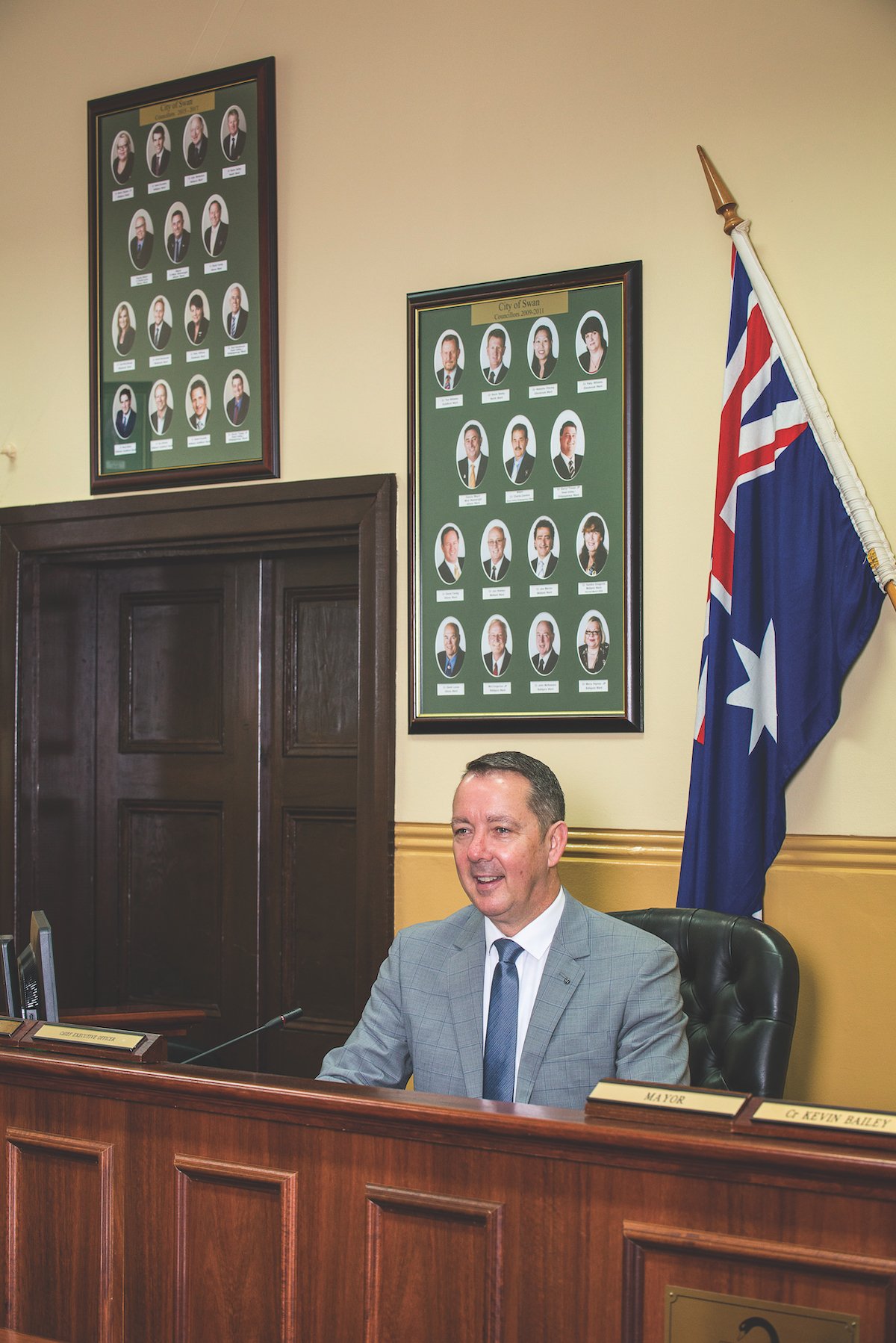
A local government panel inquiry last year saw a raft of recommendations made, with Jeremy highlighting openness, transparency and community boards as standouts. “There’s a real push to try and get community-led priorities back into local government in terms of decision-making and business planning. I totally support that,” he explains.
“There’s the old saying that you’ve got to put the local back into local government. Well, how do you put the local back in? You put it back in by engaging with stakeholders and your community in a meaningful way.” Jeremy believes that local government can also be very “one dimensional” in terms of its objectives and approaches; for example, focusing solely on economic growth or a certain industry.
“The advantage for the City of Swan is that we’re multifaceted and multidimensional,” he stresses. “There are just so many things going on within our thousand-odd square kilometres of geographical area. We’re high growth. We’ve got industrial. We’ve got the Swan Valley and tourism. We’ve got heritage. Everything that you could imagine that a local government would provide or have issues around, we’ve got within our area. And I think that’s an opportunity, and one of the things that attracted me to the role and to coming back.
“To me, it’s that whole philosophy around communityled approaches and engagement, and how that translates into your business planning and the services and projects that you deliver as the organisation, for them. And I think that, to me, is fundamentally important.”
The right input
Making sure that whatever the council is delivering matches up to the community’s needs is critical in order to ensure a project’s success, according to Jeremy. “To me, the most important mechanism and cog in the wheel is working out, ‘How do we get that input to make sure that what we are doing is reflective?’” Stakeholder engagement has become even more crucial as the area has undergone considerable change in terms of both transport and community infrastructure over recent years.
You’re only as good as the people that you surround yourself with.
“We’ve got the state government pouring in millions of dollars’ worth of infrastructure around the City of Swan,” he specifies. “And if it’s not in road transport networks and in grade separations on our highways, it’s in Metronet that’s coming down over the next couple of years, with three train stations scattered throughout the City of Swan. That all comes with some community opposition in some way, shape or form.”
Building trust
As a result, Jeremy is exploring how to build trust back up and restore community faith in the council – a process he expects to take centre stage over the coming years. “That’s not a criticism of what we’ve done in the past,” he insists. “That’s simply reflective of a council going through such high growth.”
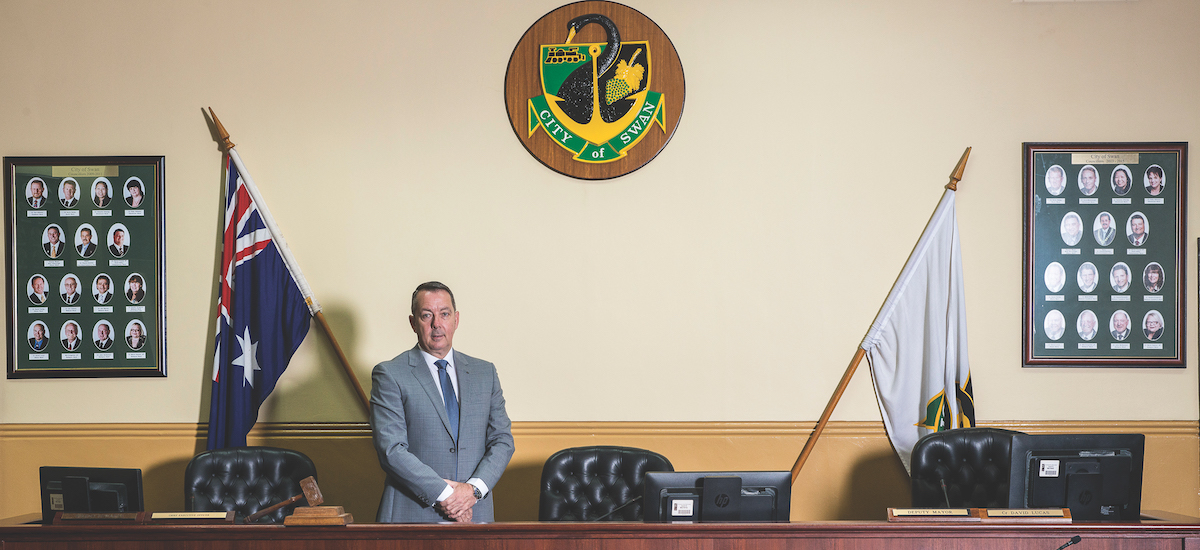
However, achieving this during a time of such expansion will be no simple task. The population of the City of Swan is currently growing at a rate of two to three per cent each year – an increase that will also place considerable demands on both the council and the local community.
“To think that our population will be sitting at 300,000 within the next 30 years is phenomenal, but it comes with challenges as well,” he admits. Another hefty challenge facing the council is the City’s spread into semi-rural environments that once held great allure for those seeking a quieter and more secluded lifestyle. “Those lifestyles now are sitting on the borders of the growth corridors and are slowly being absorbed as growth expands,” he explains.
“So it’s really managing where that urban interface meets the semi-rural and rural interface, then the issues around land use and conflicts of increased traffic, upgrades to roads and intersections, and so on.”
Standing out
All of this is an expensive undertaking, so managing all the financial aspects of such expansion is critical too. But it’s this diversity of issues that sets the City of Swan apart from a lot of other local governments, according to Jeremy. “The other thing is that there’s a very strong culture and a connection, not only with staff but also with community to the City of Swan,” he shares.
“It has a feel. And this is, to some degree, why people are so passionate and why we get a lot of community involvement and feedback in relation to issues that come up. “A lot of people call Swan home. Our staff internally call Swan home. When you speak to the residents, they’re very passionate about their local communities. And I think that, to me, is a very strong proposition for anyone that lives, works or recreates within the City of Swan.”
Close collaboration
When discussing the strength of the City of Swan’s partner relationships, Jeremy is swift to pay tribute to his predecessor. “Mike, through his solid leadership over many years, had established a lot of those platforms and relationships so much of it was just continuing that,” he says.
“But one of the things that I’ve tried to implement is regular catch-ups with our major developers within the City of Swan and just ensuring that they feel as though they’ve got a conduit to the senior leadership groups within the City to help remove any obstacles or to bounce ideas off in terms of their development.
“They’re investing substantial dollars into commercial investments within the City and so they need the surety to know that they can come and speak openly about any issues around their structure plans, or what they’re proposing. We’ve found that to be really beneficial, as sometimes developers and commercial operators like to be very quick in terms of their processes. And what these meetings have enabled us to do is to get them to also gauge the political environment before proceeding.”
The City of Swan’s skill in managing those relationships has helped its developer partners to incorporate ideas such as green initiatives and energy efficiencies. With councillors keen to see these types of ideas included in any new developments, giving developers the “heads up” at an early stage really helps bring their plans to fruition.
Upping advocacy
“The other area, and this is another legacy of Mike Foley and previous leadership, is around our ability to advocate at a state and federal level really successfully,” Jeremy shares proudly, adding that the City of Swan team regularly visits Canberra.

“We use that as a platform to obtain funding for major infrastructure or to support other major infrastructure projects that are getting rolled out.” A great example of such advocacy, he points out, is the Northlink project undertaken during his predecessor’s tenure – a major piece of infrastructure that acts as an extension of the Tonkin Highway.
“We are now looking at a whole raft of other projects in our forward capital works that we can advocate for at a federal and state level to get some of that funding and support,” he reveals. “That doesn’t happen during one election term. So we could be advocating now for items that we’re predicting will need to come to fruition in 10–15 years’ time. We talk about a population of up to 240,000 in 10–12 years’ time so we’ve got to make sure that we’ve advocated for the infrastructure that will coincide with that population increase.
A new way
Historically, councils have not been known for being nimble and flexible, but this is something Jeremy intends to change. “Our external landscape is changing daily,” he says. “We’ve got to have systems and processes internally that can cater for that. And that’s a big challenge for not only the City of Swan, but the sector as a whole. “We’ve got to be able to demonstrate that to keep up. Otherwise, we’ll be left behind.” And that is something he has no intention of allowing to happen.
Proudly supported by:
